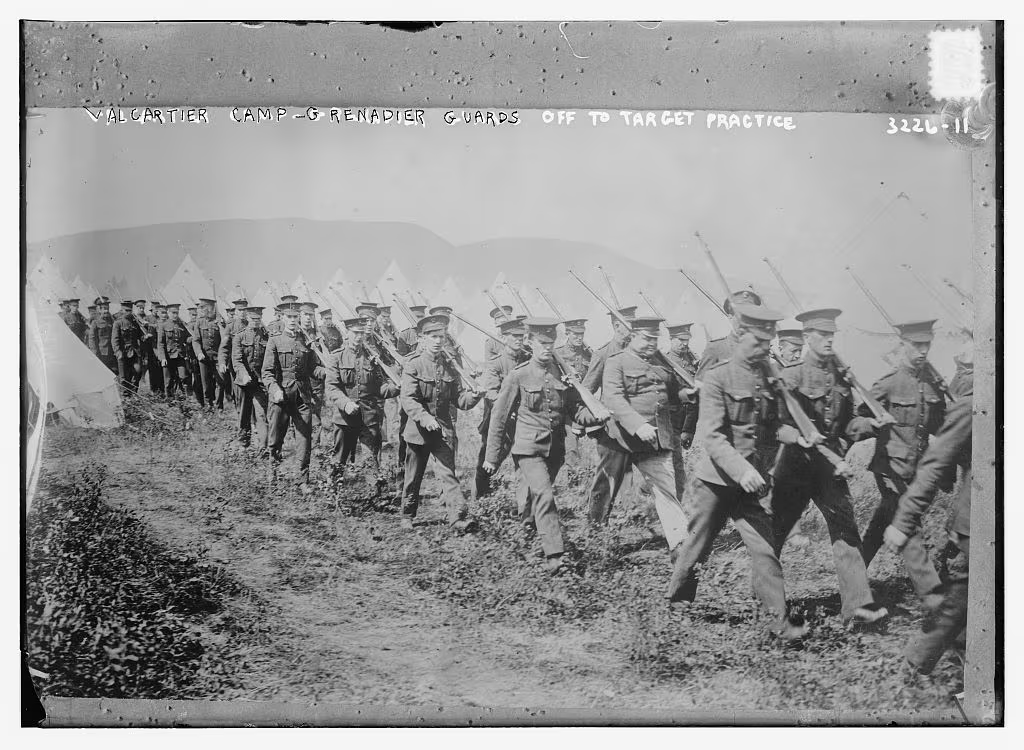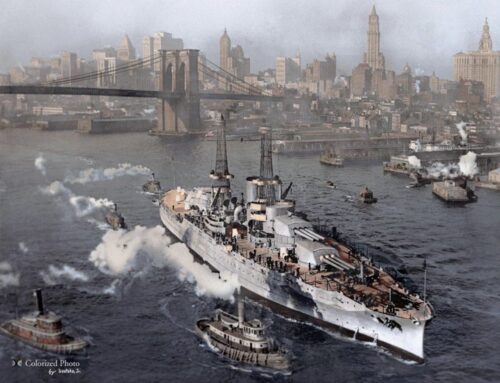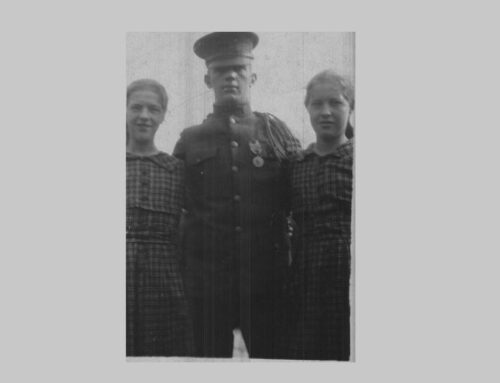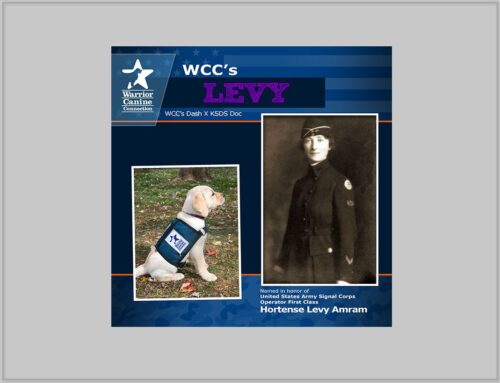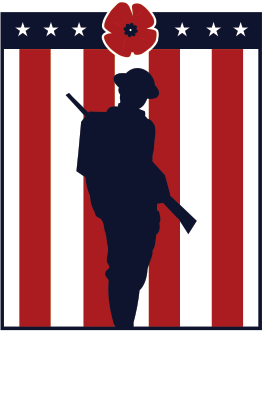The 5 Americans who made history by earning the Victoria Cross
Published: 4 February 2025
By Jon Guttman
via the Military Times website

Victoria Cross
Five American-born men have earned the Victoria Cross, left, Britain's highest military award for valor. (Library of Congress)
Four Americans earned Britain’s highest honor in World War I while passing themselves off as Canadians.
Since Queen Victoria instituted the Victoria Cross in 1856, five American-born men have received Britain’s highest military award for valor.
The first, William Henry Harrison Seeley from Topsham, Maine, was driven by a family squabble to go to sea when he was 22 years old. After deserting a merchant ship in Boston, he enlisted in the Royal Navy and served aboard the warship Impérieuse on the China Station during the Taiping Rebellion.
In 1862, he transferred to the frigate Euryalus, on which he participated in a multinational punitive expedition to take out shore batteries that a Japanese daimyo, Mori Takachika, was using to bombard any European vessels that sailed through the Straits of Shimonoseki between Honshu and Kyushu.
Reconnoitering from Euryalus on Sept. 5, 1864, Seeley pinpointed a stockade and while wounded by grapeshot, returned to give a full report to 1st Lt. Frederick Edwards. Afterward, Seeley was taking part in an assault on Mori’s batteries when his captain, John Hobhouse Inglis Alexander, was badly wounded in the ankle, at which point Seeley carried him a quarter mile on his back to reach safety.
On Sept. 22, 1865, Seeley was awarded the Victoria Cross for his heroism at Shimonoseki. Seeley returned to Massachusetts, where he died on Oct. 1, 1914.
By the time of Seeley’s death, there was a new, rapidly expanding war in Europe, which included the British Empire and would soon involve the United States. The war would set the stage for four more Americans to earn Britain’s highest honor while passing themselves off as Canadians.
George Harry Mullin was born in Portland, Oregon, on Aug. 15, 1891. When he was 2 years old, Mullin’s parents resettled north of the U.S.-Canada border in present-day Saskatchewan.
Given the circumstances, Mullin had little trouble enlisting in the Canadian Expeditionary Force in December 1914. He was attached to the scout and sniper section of Princess Patricia’s Canadian Light Infantry.
Shipped to France, Mullin managed to survive the hazards and miseries of the trenches for two years, during which he was awarded the Military Medal for his bravery during the capture of Vimy Ridge in April 1917.
→ Read the entire article on the Military Times website here:
External Web Site Notice: This page contains information directly presented from an external source. The terms and conditions of this page may not be the same as those of this website. Click here to read the full disclaimer notice for external web sites. Thank you.
